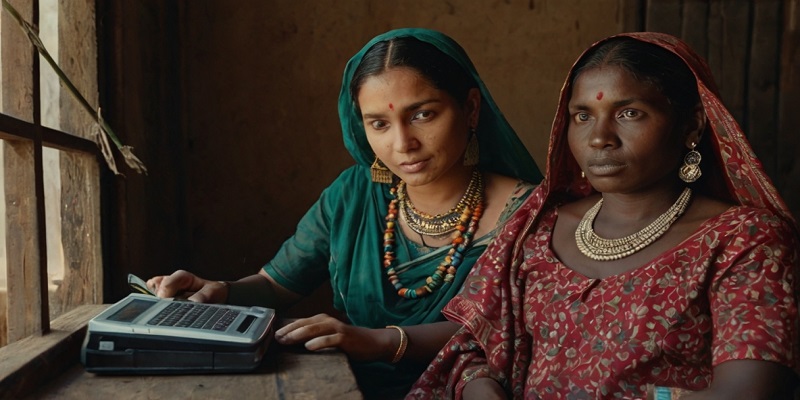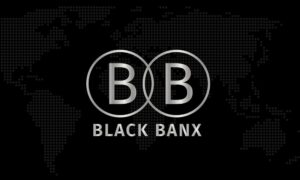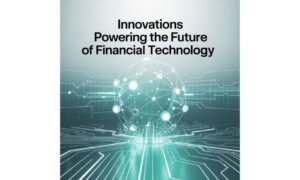Financial technology, or FinTech, has revolutionized the financial landscape, providing innovative solutions that enhance accessibility, efficiency, and convenience. This transformation is particularly significant for women and marginalized groups who have historically been underserved by traditional financial institutions. FinTech has the potential to bridge this gap, promoting financial inclusion and empowering these groups to participate more fully in the economy. This article explores how FinTech is fostering financial inclusion for women and marginalized communities, examining key areas such as digital banking, microfinancing, mobile payments, and financial literacy.
The Importance of Financial Inclusion
Financial inclusion is the process of ensuring that all individuals and businesses have access to useful and affordable financial products and services that meet their needs. These include transactions, payments, savings, credit, and insurance, delivered in a responsible and sustainable way. For women and marginalized groups, financial inclusion is a critical step towards economic empowerment and poverty alleviation. It enables them to save securely, borrow for entrepreneurial ventures, and manage risks more effectively.
Barriers to Financial Inclusion
Despite the recognized benefits, many women and marginalized groups face significant barriers to financial inclusion. These barriers can be broadly categorized into structural, social, and economic factors.
Structural Barriers
Structural barriers include lack of infrastructure, such as physical banking branches in rural areas, and limited access to digital technologies. Traditional banks often require extensive documentation and credit history, which many people in these groups lack.
Social Barriers
Social barriers encompass cultural norms and gender biases that restrict women’s access to financial resources. In many regions, women are still expected to depend financially on male family members, limiting their economic independence.
Economic Barriers
Economic barriers include low income levels and irregular earnings, which make it difficult for individuals to maintain bank accounts or meet the criteria for traditional loans. High transaction costs and fees further discourage engagement with formal financial institutions.
How FinTech Overcomes These Barriers
FinTech offers innovative solutions to overcome these barriers, providing women and marginalized groups with greater access to financial services.
Digital Banking
Digital banking platforms allow users to perform financial transactions online or through mobile apps, eliminating the need for physical branches. These platforms are particularly beneficial in rural and underserved areas where traditional banking infrastructure is lacking. Digital banks often have lower operational costs, enabling them to offer services with minimal fees.
Mobile Payments
Mobile payment systems, such as M-Pesa in Kenya, have revolutionized the way people transfer money and make payments. These systems enable users to send and receive money, pay bills, and purchase goods using their mobile phones. For many women and marginalized individuals, mobile payments provide a secure and convenient way to manage their
finances without the need for a bank account.
Microfinancing
Microfinancing initiatives offer small loans and financial services to individuals who do not have access to traditional banking. FinTech companies use advanced algorithms and alternative data to assess creditworthiness, allowing them to extend microloans to women and marginalized groups. These loans can be used for starting or expanding small businesses, thus promoting economic empowerment.
Financial Literacy Programs
FinTech companies are also investing in financial literacy programs to educate women and marginalized communities about financial management. These programs provide information on budgeting, saving, investing, and using financial products effectively. Increased financial literacy enables individuals to make informed decisions and enhances their ability to leverage financial services.
Case Studies
Case Study 1: M-Pesa
M-Pesa, a mobile payment service launched in Kenya, is a prime example of FinTech promoting financial inclusion. The service allows users to transfer money, pay bills, and save funds using their mobile phones. M-Pesa has been particularly successful in reaching women and rural populations who lack access to traditional banking. By providing a secure and convenient way to handle money, M-Pesa has empowered many women to manage their finances independently and engage in entrepreneurial activities.
Case Study 2: Grameen Bank
Grameen Bank, founded in Bangladesh, provides microloans to impoverished individuals, with a focus on women. The bank uses a group lending model, where small groups of borrowers guarantee each other’s loans, reducing the risk of default. This model has been highly effective in promoting financial inclusion for women, enabling them to start small businesses and improve their economic status.
Case Study 3: Tala
Tala is a FinTech company that offers microloans through a mobile app, using alternative data to assess creditworthiness. Tala has successfully reached underserved populations in countries like Kenya, the Philippines, and Mexico. The company’s approach has provided many women and marginalized individuals with access to credit, allowing them to invest in education, health, and business ventures.
The Impact of FinTech on Women and Marginalized Groups
Economic Empowerment
Access to financial services enables women and marginalized individuals to engage in economic activities, start businesses, and improve their livelihoods. FinTech solutions provide the capital needed for entrepreneurial ventures and create opportunities for income generation.
Increased Savings and Investment
Digital banking and mobile payment platforms make it easier for individuals to save and invest their money. Automated savings features and access to investment products enable women and marginalized groups to build wealth over time and secure their financial futures.
Improved Financial Security
FinTech solutions offer secure and convenient ways to manage money, reducing the risks associated with cash handling and informal financial services. Digital wallets and mobile payments provide safe storage for funds, protecting individuals from theft and fraud.
Enhanced Financial Literacy
Financial literacy programs offered by FinTech companies equip women and marginalized individuals with the knowledge and skills needed to manage their finances effectively. These programs promote informed decision-making and help individuals make the most of available financial services.
Challenges and the Way Forward
Regulatory Challenges
One of the significant challenges facing FinTech companies is navigating regulatory environments that may not be conducive to innovation. Governments need to create supportive regulatory frameworks that promote the growth of FinTech while ensuring consumer protection.
Digital Literacy
While FinTech solutions offer numerous benefits, they require a certain level of digital literacy. Many women and marginalized individuals may lack the skills needed to use digital financial services effectively. Addressing this gap through education and training is crucial for maximizing the impact of FinTech.
Building Trust
Trust is a critical factor in the adoption of FinTech solutions. Many individuals may be hesitant to use digital financial services due to concerns about security and privacy. FinTech companies must prioritize building trust through transparent practices and robust security measures.
Collaborations and Partnerships
Collaboration between FinTech companies, governments, and non-governmental organizations (NGOs) is essential for promoting financial inclusion. Partnerships can help expand the reach of FinTech solutions, provide financial education, and address regulatory challenges.
Conclusion
FinTech holds immense potential for promoting financial inclusion among women and marginalized groups. By overcoming barriers to access, providing innovative financial products, and enhancing financial literacy, FinTech is empowering these communities and fostering economic growth. However, realizing this potential requires concerted efforts from all stakeholders, including FinTech companies, governments, and civil society. Through collaboration and innovation, we can create a more inclusive financial system that benefits everyone.



































